Stratos Kalafatis is a photographer. He was born in Kavala in 1966. He lives in Thessaloniki, where he and Lia Nalbantidou have created studiotessera, a photography platform. The following works of his are available from Agra publications: Archetypal Images(1999), Omonoia 2000 – A journey to the heart of Athens, with texts by Philippos Philippou (2000), Journal 1998-2002 (2004), Athos / The colours of faith (2014), Archipelago (2017). He is represented by the Bernier / Eliades Gallery.


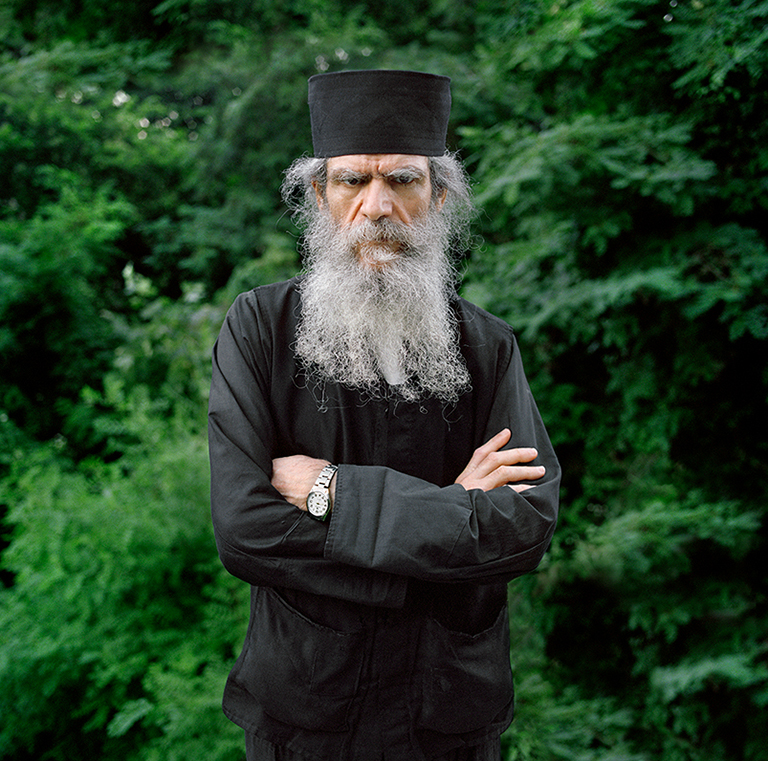
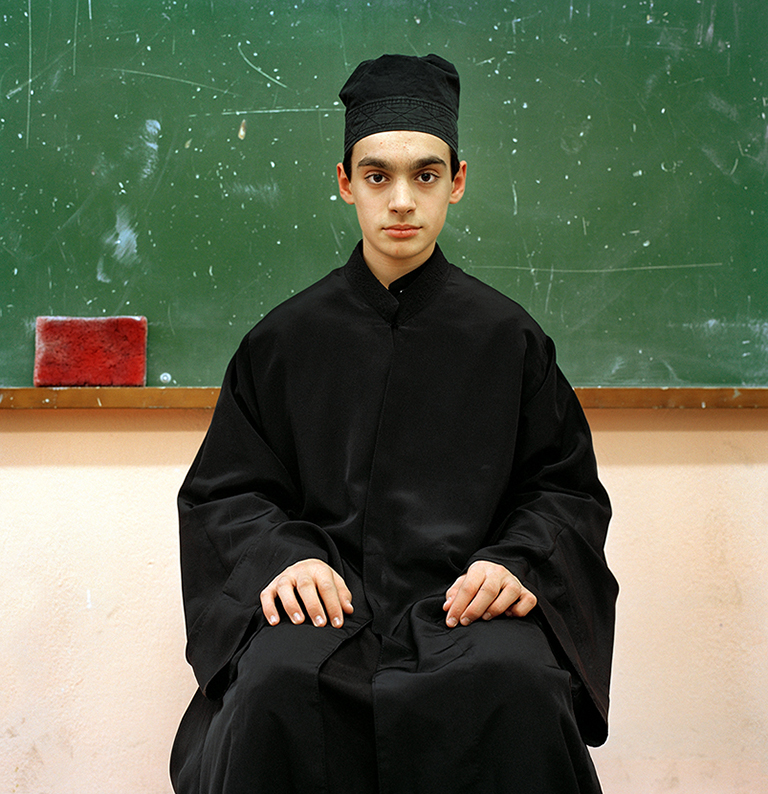

THE COLOURS OF FAITH
Men are not born on the Holy Mountain. They are drawn to Athos by their faith, their need, their curiosity, or their desperation. There, initiated into a life of asceticism, they uncomplainingly take their turn in a relay race to death whose finishing line is a place in the ossuary of the monastery. The same race in which the baton has been passed for a thousand years from abbot to elder and monk to a novice without distinctions. Because Monasticism is earned, not inherited, in this test of patience.
I don’t really know what brought me to the Athonite Republic in January 2008.
It might have been the constant encouragement of my friend and colleague, Arsenios, a graduate of the Athonias Academy, or perhaps a decision to test my conviction that this was not a place you could assimilate in photographs. There was no particular starting point – I’d already reached the half-way point in my life, in my images, in my relationship with the Holy Mountain I’d been visiting since the late Seventies.
I returned from my first trip to Karyes and the Athonias Academy rapt and secretly happy with what I knew was still to come. The 25 journeys and 200 days and nights that followed would set the tenor for a good part of the next five years.
Two hundred days, because time works differently on Mount Athos. It confounds our desperate need to get things done against the clock, confuses the hands on our watches; it becomes one with the centuries. This was the first rule I learned there. There would be many more rules and conventions of Athonite life to come; some I would understand, others I would treat with the due respect.
Twenty-five journeys on transport of every sort, by boat, mule or on foot. A good many hikes, long, winding and unforgettable. There are no avenues on Mount Athos, just dusty tracks whose twists and turns always bring you to the unexpected. That’s where the secret paths begin that lead you to monasteries, sketes, cells, wells, and caves; to little retreats and to real life hermits. To meetings chance and scheduled; revelatory meetings of few words, full of possibilities that silently determined our roles. Me, the ‘official photographer,’ as Arsenios put it, them ‘cell elders, monks, novices or worldly folk.’ Sincere and exposed, we would exchange glances; one of us would yield first to the other’s desires, then silence. Followed by another cell, other people, one more meeting, different images.
Sometimes I was an Observer, other times an Initiate in litanies and saint’s day celebrations, vigils and debates, miracles and revelations. The images were just the pretext; the Holy Mountain was the reason why. The remaining memories stirred the desire to return. Round about then, at my mid-way starting point.
There were many people who supported me along the way, each in their own way, and I am grateful to them all. I will single out Arsenios Toptsidis, Father Ieronymos of Simonos Petras Monastery, Irene Panagopoulou, Arsen and Rupen Kalfayan, Dimitris Papazoglou, Ilias Skoulakos, Dimitris Deirmentzidis, the Granis family, Litsa Tatoglou and Jean-Marie Verlet, Nikos Xydakis and Stavros Petsopoulos. Finally, my thanks, too, to my partner Lia and my daughters Daphne and Io, who made it easy for me to be absent for so long.
July 2014
S. K.
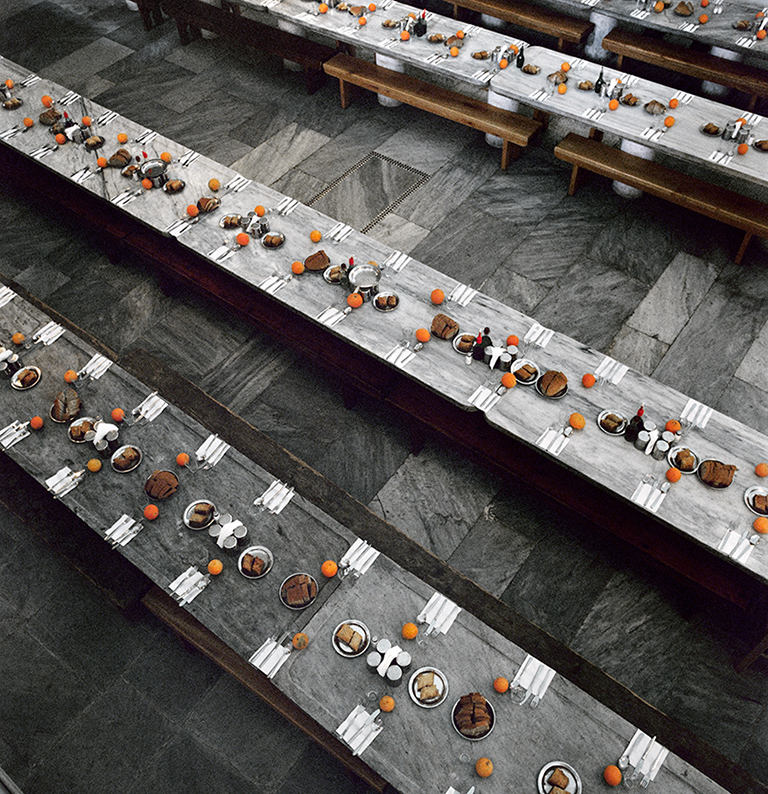
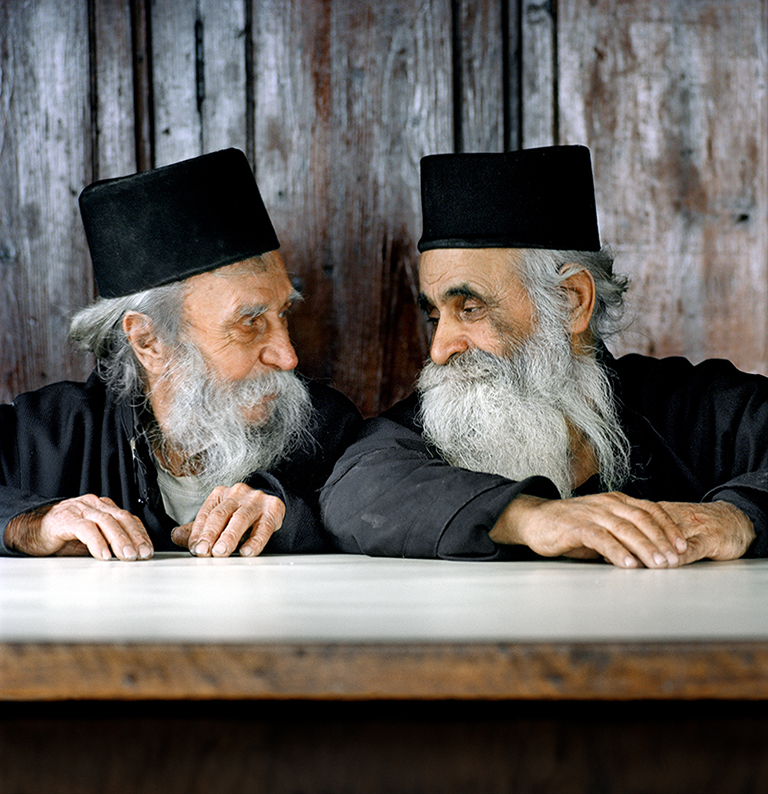


Mt. Athos is a self-governed Greek Monastic State and it constitutes the center of Orthodox Monasticism.
The State of Mt. Athos is the unique place in the world where people are not born. For more than 1.000 years, males arrive there, change names and live practicing isolation, prayer, and obedience. Obedience defines the solid hierarchical relations of the Elder and the Subordinate monks, who strictly follow the instructions and rules set by their ‘spiritual fathers’.
The Athonic State has seen a lot in its thousand-year history. The summit of Byzantium, benefactor emperors, princes and rulers, pirates and smugglers of antiquities, Latin crusaders, Ottoman conquerors, the accession into the Greek Constitution, technological comforts, and European funding.
I have been visiting Mt. Athos on a regular basis for the past years, trying to grasp and capture what is changing in the shades of faith, in that farrago of buildings, pictures, relics, manuscripts, absurd details of little secrets and major revelations.
Especially the uniquely enclosed male societies hosted there both temporarily and perpetually, all those promiscuous gods, mortals and demons I attempt to approach and understand in excessive interest and curiosity.
Mt. Athos is difficult to be photographed, not so much because it resists the secular character of the photograph itself, but rather because it needs time to be revealed, hidden behind picturesque semiotics, folklore tenderness and miraculous accounts. It is a setting of silence and mystery, which balances between past and present, tradition and freedom, might and feebleness, darkness and light.
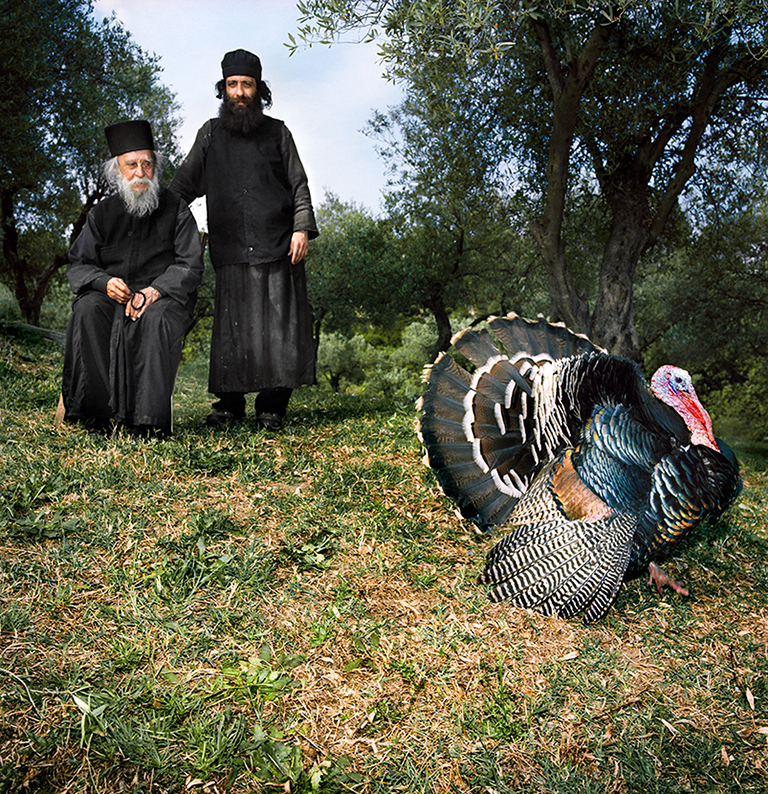

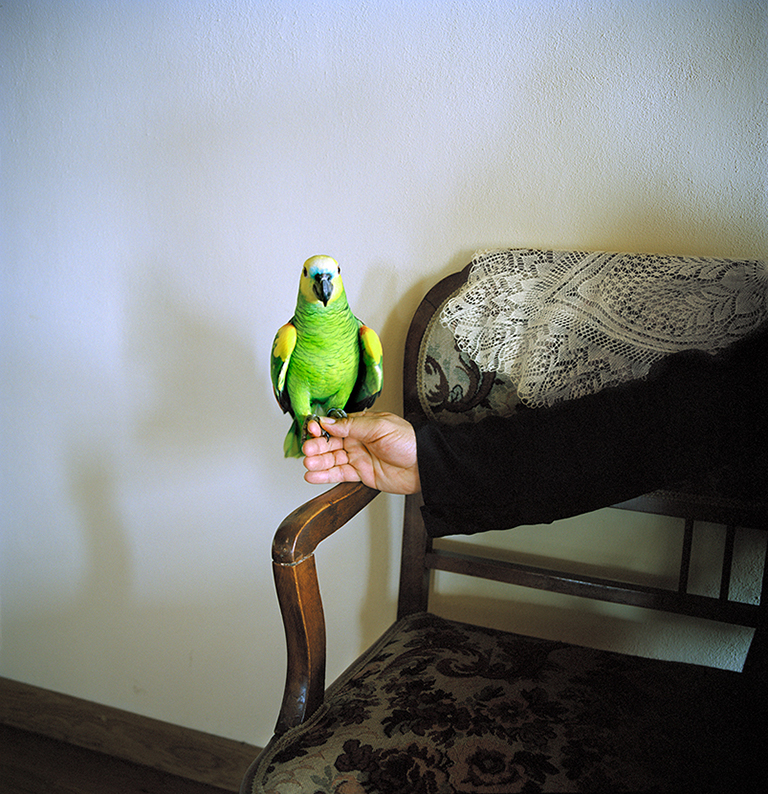

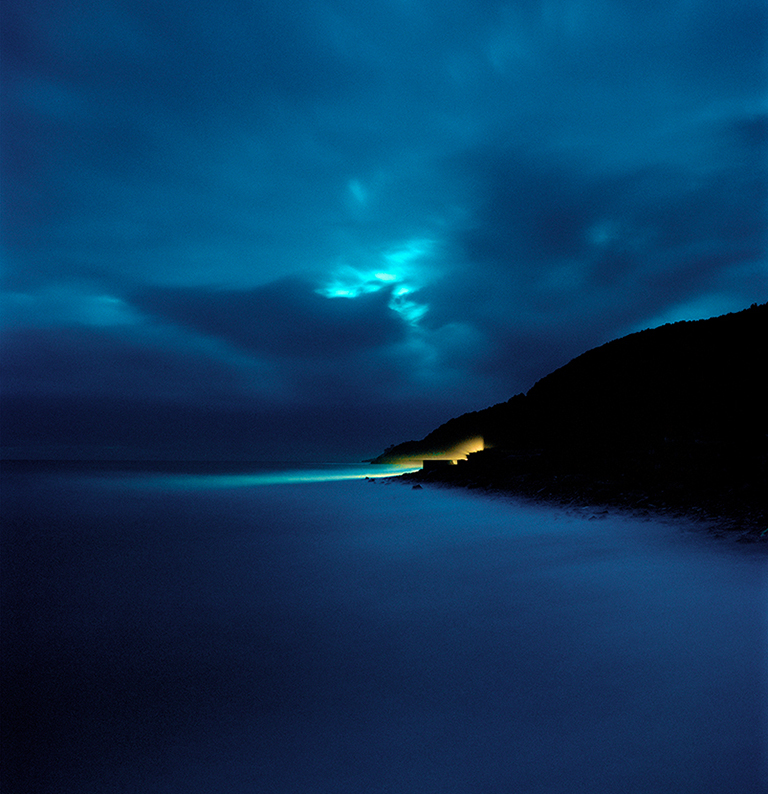
To view more of STRATOS KALAFATIS’s work please visit his website.